I give this a shot, not because I am the expert but because there is no response and I have some experience.
My understanding is that the Sziklai had a problem with the availability of the PNP power transistor matched with the NPN. So people used the quasi-complementary push-pull design. But that was half a century ago, and now there is no problem getting a matched pair of power NPN and PNPs.
However, I find myself having trouble with Sziklai, it's unstable, at least when just doing it in the most simple way.
I just built up both of the designs myself, and I find that the low side of the quasi-complementary pair is already identical with the low side of the Sziklai. But the high side is different.
Quasi-Complementary Push Pull:
simulate this circuit – Schematic created using CircuitLab
Sziklai Push-Pull:
simulate this circuit
When I bread-boarded this to experiment, I found that the quasi-complementary with the Darlington configuration on the high side, there was some loss of voltage on the high side. But it worked really nicely and completely automatic with only an op-amp doing the driving and getting rid of any cross-over distortion.
What you see here is the end stage output sine wave, nice, and the cross-over distortion compensating output from the op-amp OA3.
But when I re-configured the high side to Sziklai, I got a terrible instability on the high side. Instead of a wave I get some Schrödinger cloud on the upper half. Very wild, and nothing I could do to fix this.
One guy on the EEVblog forum said to put a capacitor between collector and base of the power PNP, I tried with 22 pF to no avail. Tried 33 pF, then with 100 nF it seemed to help, but soon my transistors started to overheat. I don't know if I did anything wrong, I don't think so.
If it wasn't for this instability the Sziklai pair would be really cool, as you could actually for once use the tab of the TO-220 package, as the collectors of the high and low side are connected together. So you could screw them straight onto the heat sink and use the heat sink as the speaker output ... as long as you separate it from the ground.




